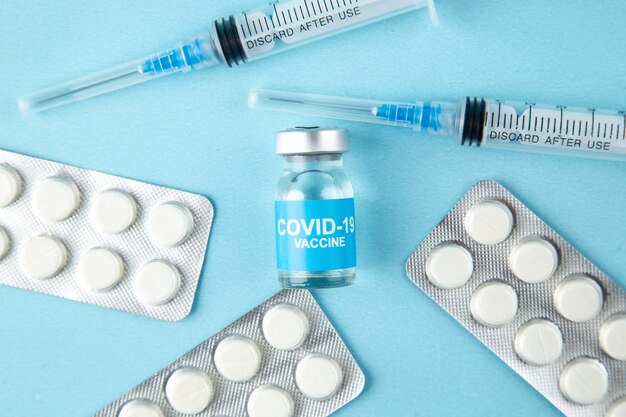
Maintaining food safety is all about sticking to solid food hygiene practices to prevent illnesses. Even after finishing Food Hygiene and Safety Training, it’s easy to overlook the basics when cooking daily, whether in a professional kitchen or at home. By steering clear of these common mistakes, you can create a safer and healthier environment for food preparation.
1. Not Practicing Proper Hand Hygiene
One of the simplest, yet often ignored, steps in food safety is washing your hands correctly. A quick rinse isn’t enough; instead, you should scrub with soap for at least 20 seconds before cooking and after handling raw foods like meat, poultry, or seafood. Skipping this can spread harmful bacteria like Salmonella and E. coli.
To avoid this mistake, wash your hands with soap for 20 seconds after handling raw meat or using the bathroom and dry them with a clean towel or air dryer.
2. Cross Contamination Between Raw and Cooked Food
Cross contamination happens when bacteria from raw foods transfer to cooked or ready-to-eat items, usually due to using the same utensils or cutting boards without proper cleaning.
To prevent this, use separate cutting boards for raw meat and other foods, and clean surfaces, knives, and utensils after handling raw items.
3. Ignoring Expiry Dates
It’s easy to forget about expiry dates, but eating food past its expiration can pose health risks. These dates tell you when food is no longer safe.
To prevent this, always check expiry dates before using products and rotate your fridge and pantry stock to use older items first.
4. Incorrect Food Storage Temperatures
Not storing food at the right temperatures is a common mistake that allows bacteria to grow. The “danger zone” for bacterial growth is between 5°C and 63°C, so it’s important to refrigerate perishable items promptly and keep them below 5°C.
Ensure your fridge is set below 5°C and refrigerate leftovers within two hours of cooking to avoid this mistake.
5. Thawing Food at Room Temperature
Leaving frozen food on the counter to thaw can lead to bacteria multiplying quickly because the surface warms up while the inside remains frozen.
To avoid this, thaw food in the fridge overnight, under cold water, or in the microwave, and do not leave perishable foods out for more than two hours.
6. Underestimating the Importance of Personal Hygiene
Focusing only on food can sometimes mean ignoring the hygiene of the person handling the food. Food can be contaminated if the handler is ill, wearing dirty clothes, or has untied hair.
Always wear clean clothes, tie back your hair, and avoid handling food if you’re sick to prevent this.
7. Cooking Food at Inappropriate Temperatures
Cooking food to the right temperature is crucial to kill harmful bacteria. In a hurry, it’s easy to undercook meals, which can cause foodborne illnesses.
Use a food thermometer to ensure food has reached the correct internal temperature, and check the thickest part of meat to avoid this mistake.
8. Using the Same Utensils Without Cleaning
Reusing utensils without cleaning them between raw and cooked foods can lead to cross-contamination, especially when multitasking.
To prevent this, use different utensils for raw and cooked foods and clean cutting boards, utensils, and surfaces immediately after use.
9. Not Washing Fruits and Vegetables Properly
Fruits and vegetables may look clean but can carry harmful bacteria or pesticides. Skipping a proper wash increases foodborne illness risk.
Wash produce under running water before eating and use a clean brush for firm items like cucumbers or melons.
10. Neglecting to Clean Kitchen Surfaces Regularly
Worktops and cutting boards can harbor bacteria from raw food, so not cleaning them can contaminate subsequent food.
Clean and disinfect surfaces after preparing food, especially raw meat, by using disinfectant or hot water and soap solution.
In conclusion, food safety is not just about preventing illnesses; it’s about protecting your health and the health of others. By being aware of these food safety mistakes and avoiding them, you can ensure the food you prepare is safe and nutritious. Keep these top ten mistakes in mind for better cooking habits!









